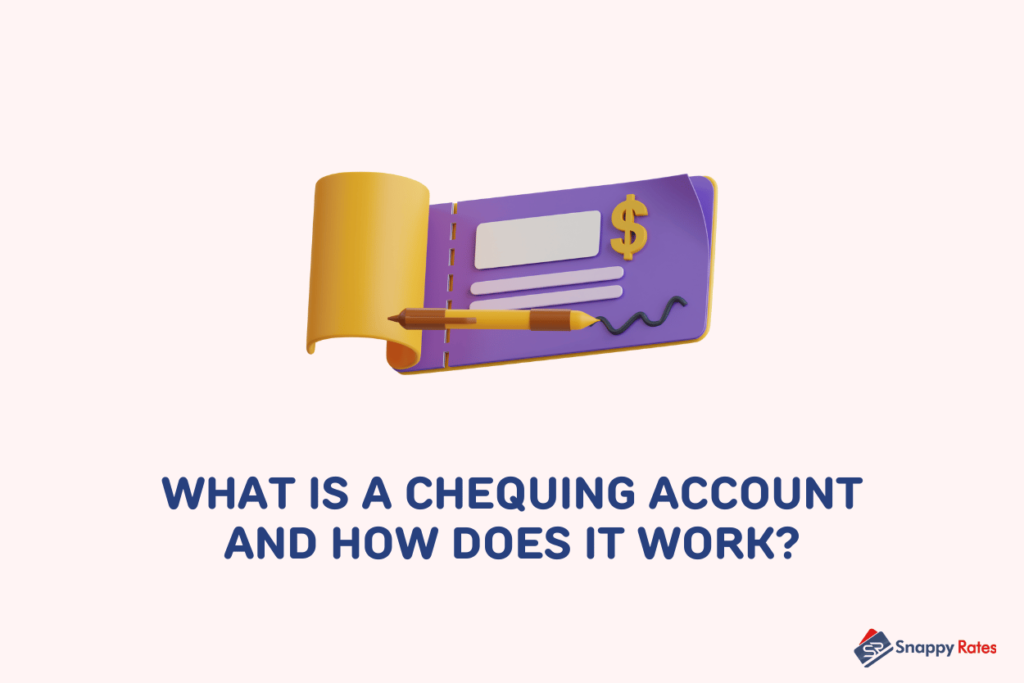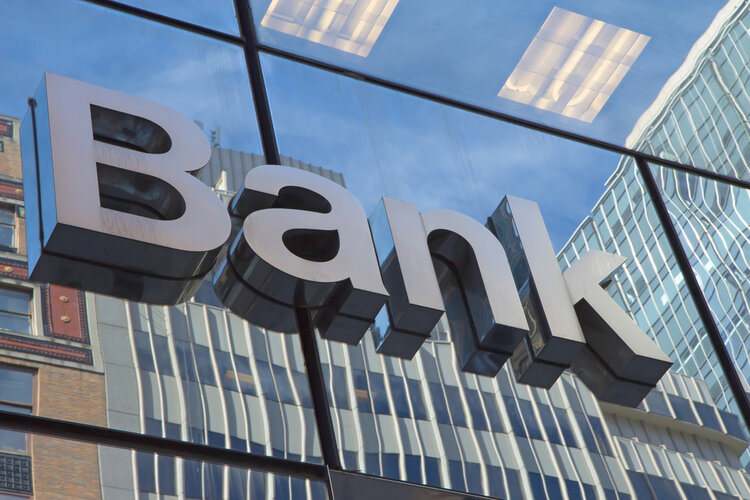Are you looking for ways to teach children the value of saving money?
An important step in this journey is finding the best bank account for kids in Canada. These accounts offer young savers a free and safe environment to learn about finance.
In this article, you’ll learn what a kid’s bank account is, how it works, and the options available in Canada, including those with debit card features.
What is a Children’s Bank Account?
Canadian banks offer special accounts called children’s bank accounts to young individuals under a certain age, usually children below the age of 12.
These accounts provide a safe, controlled environment for kids to learn about saving, budgeting, and responsible money management.
How Does a Kid’s Bank Account Work?
Kids bank accounts function like regular bank accounts but come with certain restrictions and features to meet the needs of young savers.
Children’s bank accounts allow account holders to withdraw money, deposit money, write cheques, facilitate pre-authorized payments, and even send money via electronic transfer.
And it is often free (although some accounts limit the number of free transactions).
Kids’ bank accounts also have no minimum deposit or monthly maintenance fees and earn interest at a nominal rate.
How To Open a Free Kid’s Bank Account
Opening a free child’s account is easy.
A parent or legal guardian usually needs to provide the following to open an account:
- Valid IDs for both parent/guardian and child
- Proof of address
- Child’s birth certificate
The other usual requirement is for a child to be 12 or under, but in some cases, teenagers under 19 are also eligible.
In order to open a children’s account with a physical bank, parents and children may have to go to a branch together.
With online-only banks, applications can be made online or by phone, although they require a parent or guardian to have their own account as well.
How to Choose a Kid’s Bank Account
There are several factors to consider when choosing a children’s bank account.
- Look for accounts with competitive interest rates to boost your child’s savings.
- Consider the bank’s reputation, customer service, and availability of branch or online banking.
- Rate the account for additional features, such as a debit card or access to online banking, as these can improve your child’s banking experience.
Best Bank Accounts For Kids in Canada
Tangerine Children’s Savings Account
With a zero minimum balance and no monthly fees, Tangerine provides a solid option for young savers.
Kids get their own Client Number and log in so they can view their transaction history, and it offers a 1.10% interest rate, on par with some adult bank accounts.
Mydoh
Mydoh is popular with Canadian parents for its comprehensive mobile app that teaches kids about money through its interactive features.
It offers parental controls and a prepaid Visa card as well that kids can use to make payments. But it comes with a monthly fee of $2.99 after the 30-day trial period.
RBC Leo’s Young Savers Account
Royal Bank of Canada (RBC) offers accounts specifically for children. It offers unlimited debit transactions, parental controls, and free automatic money transfers.
All these features come without a minimum balance requirement.
Scotiabank Getting There Savings Account
Scotiabank offers a savings account tailored for minors under 19, with no monthly fee, and unlimited debit transactions.
This account also provides access to Interac Direct Payment and cash withdrawals via ATM even outside Canada.
CIBC Smart Start Account
CIBC’s Smart Start Account offers zero monthly fees up to the age of 25, free unlimited transactions via Interac e-Transfer, and unlimited Visa debit purchases.
For teens 13 and up, they can open an account without the signing authority of a parent.
BMO Plus Plan Chequing Account
The Bank of Montreal (BMO) provides a chequing account option for kids aged 12 and above.
This flexible chequing account comes with no monthly fees (for kids aged 12 and below), but free transactions are limited to 25 transactions per month.
Pros and Cons of Kid’s Bank Accounts
Pros
- Teaches financial responsibility and money management skills.
- Provides a safe and controlled environment for kids to save and spend responsibly.
- Introduces children to the banking system and financial concepts from an early age.
Cons
- Parental involvement is necessary to monitor and guide the child’s banking
- Limited withdrawal options may restrict immediate access to funds
- Some accounts may have age restrictions or limited features
FAQ
Can a parent withdraw money from a child’s bank account?
Yes, as legal guardians, parents have the right to withdraw funds from their child’s bank account.
How much money do you need to open a bank account for a child?
The minimum deposit required to open a bank account for children varies. Some banks do not offer minimum deposit requirements, while others have specific thresholds.
At what age should a child have a bank account?
The appropriate age for a child to have a bank account depends on their individual circumstances and the parents’ discretion. But, if your child is 6 or younger, they cannot have their own bank account. It is a trust account, which means you as the guardian have 100% control over the account.
How much money can you put in a child’s savings account?
There’s no set limit to the amount you can put into your child’s savings account in general. But be sure to check the account terms and conditions, as some accounts may have maximum balance limits.
Related:




